Staff, faculty, and students from LPL are always delighted to share highlights of their research throughout the year with hands-on experiences and exhibits. This spring semester was an active one, with outreach opportunities at large, world-renown events like the Tucson Gem & Mineral Show and the Tucson Festival of Books (TFoB), as well as at smaller, local venues. Below is a sampling of what we were up to for spring 2024.

We start the semester re-cap with the LPL Gem Show booth, another great success this year thanks to the efforts of volunteers like graduate students Nathalia Vega Santiago, Christina Singh, Melissa Kontogiannis, Gabe Gowman, and Orion Hon, as well as undergraduate PTYS minor Reed Spurling, and longtime volunteer Hector Swidzinski. Over four full days, the LPL booth featured two sample glove boxes for guests to try their hand at moving precious particles using real lab tools. And we we had a lot of fun with the ever-popular meteorites-meteorwrongs test tray.
At TFoB, LPL volunteers including Denise Blum, Joe Schools, Ruby Fulford, Orion Hon, Gabe Gowman, and others participated in Science City’s Tent of Tomorrow. In addition to working in the sample glove boxes, visitors attempted to land a 3D printed OSIRIS-REx Sample Return Capsule on a map of the Utah Test and Training Range. And visitors appreciated seeing pictures of the returned Bennu sample.
LPL Assistant Professor Pierre Haenecour had an especially busy season of public talks about OSIRIS-REx and the Bennu sample. He gave a much anticipated and well received presentation about the OSIRIS-REx Bennu sample to the International Meteorite Collectors Association for their annual Gem Show gathering. Pierre also spoke to students at Tucson’s Mansfeld Magnet Middle School, sharing meteorite samples and describing the sample science related to OSIRIS-REx.
A bit farther afield, Dr. Haenecour gave two special talks about OSIRIS-REx and the Bennu sample for the North Carolina Museum of Natural Sciences (Raleigh) Astronomy Days event.
LPL’s active outreach to local schools included visits to classrooms, participation in STEM/STEAM festivals, star parties, and on-site tours for students visiting the Kuiper Space Sciences building. Topics included activities and exhibits about the solar eclipse, comet making, creating clay planets, and building safe egg-landing parachutes. Tours of the Kuiper-Arizona Astromaterials Laboratory for Astromaterials Analysis to learn about advanced materials analysis were popular.
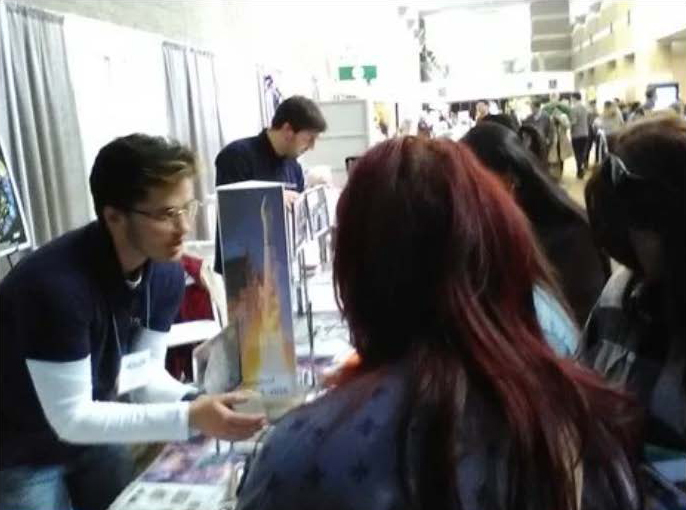
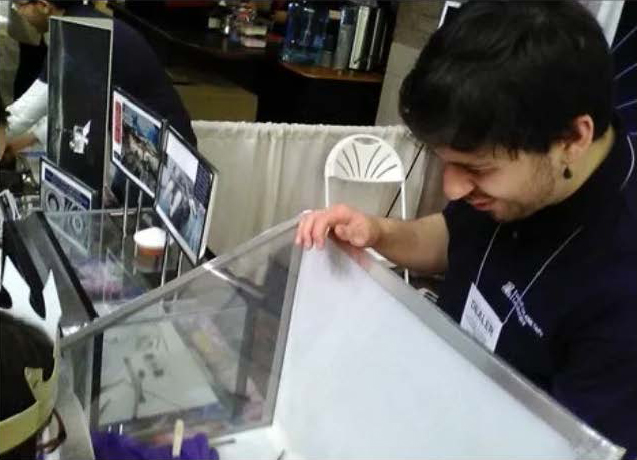
Spring 2024 semester highlights also include:
- Operations Specialist Tracie Beuden represented the Catalina Sky Survey at the Paiute Neighborhood Center Sci-Tech Family Festival in Scottsdale.
- Dolores Hill gave a "meet me under the Moon Tree" talk for the Saddlebrook Hiking Club.
- Zoë Wilbur and Maizey Benner spoke to community groups about meteorites, always a popular topic, and grad student Sam Myers is looking forward to a summer talk for the Prescott Astronomy Club.
- Carson Fuls and Dolores Hill gave presentations for the Stars Over Sabino Canyon event hosted by the Mount Lemmon SkyCenter and the U.S. Forest Service. The event was a combination of daytime solar viewing, presentations, and an evening star party. Presentations were well attended despite the rain!
- In celebration of this year’s solar eclipse, first-year graduate student Nicole Kerrison gave a special presentation about the Sun at Flandrau Science Center.
- Assistant Professor Jessica Barnes spoke on science careers at the Women in Physics event at Biosphere2.
We look forward to seeing you soon!


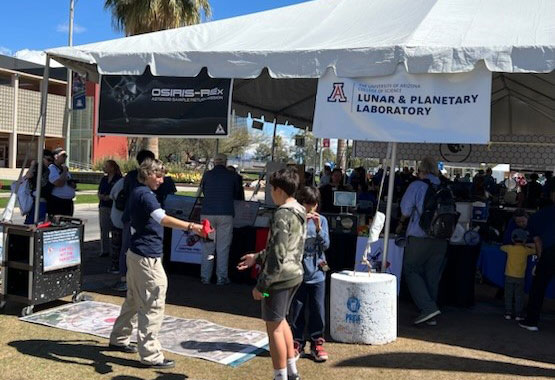
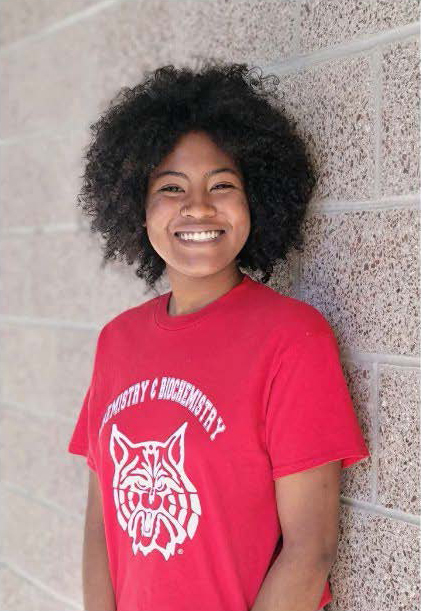 Imani Ralph
Imani Ralph






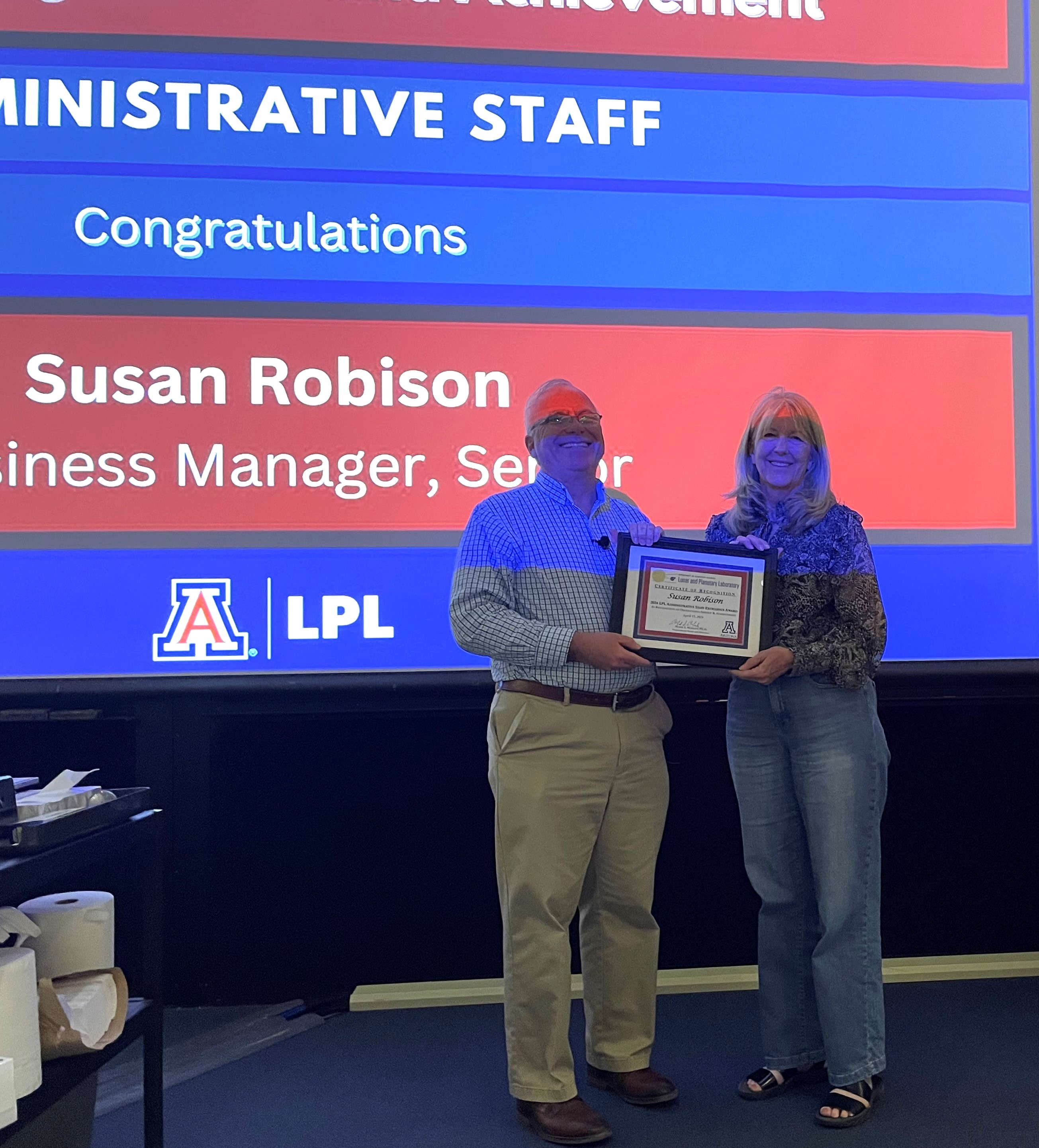
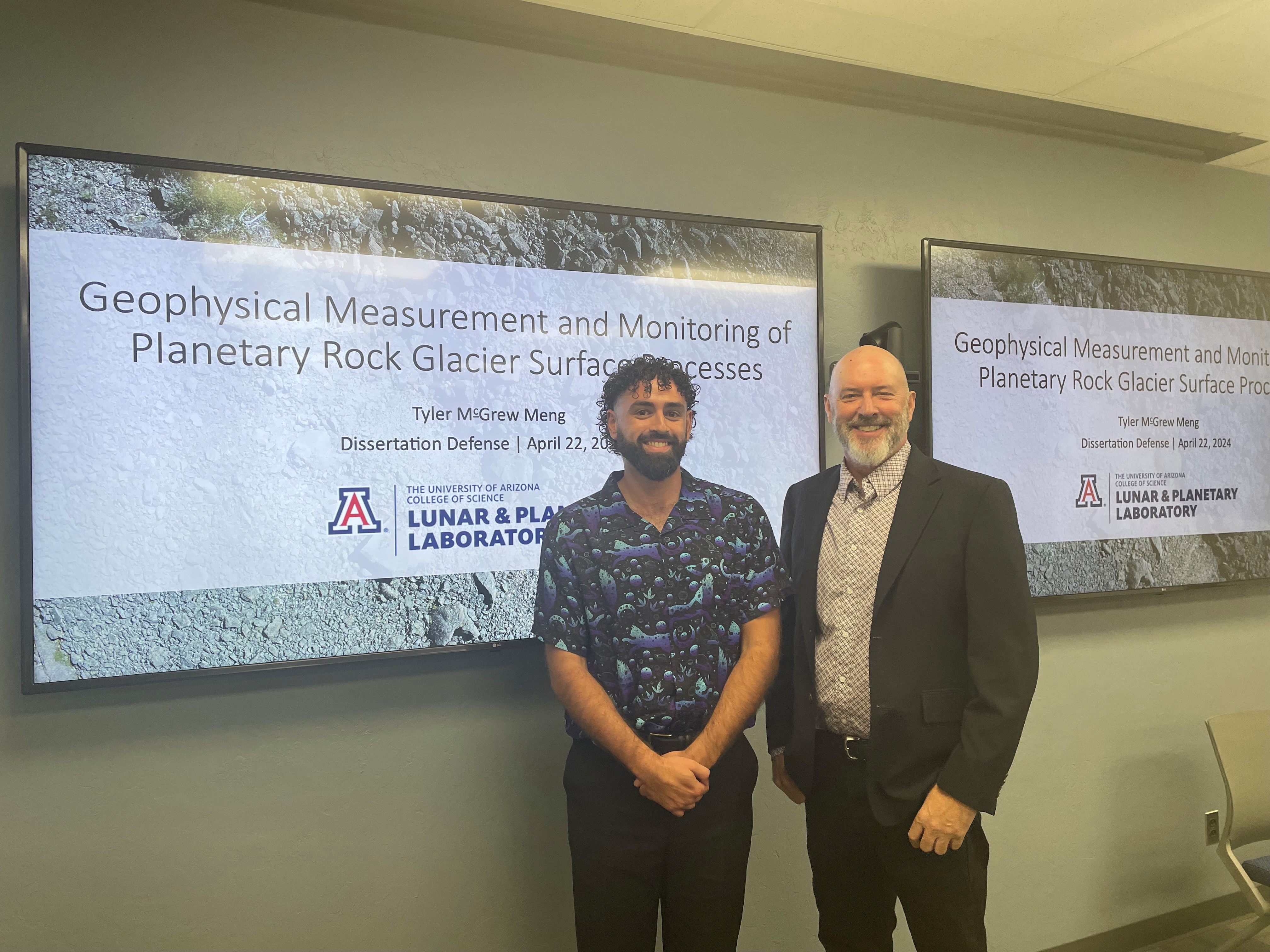 Tyler Meng
Tyler Meng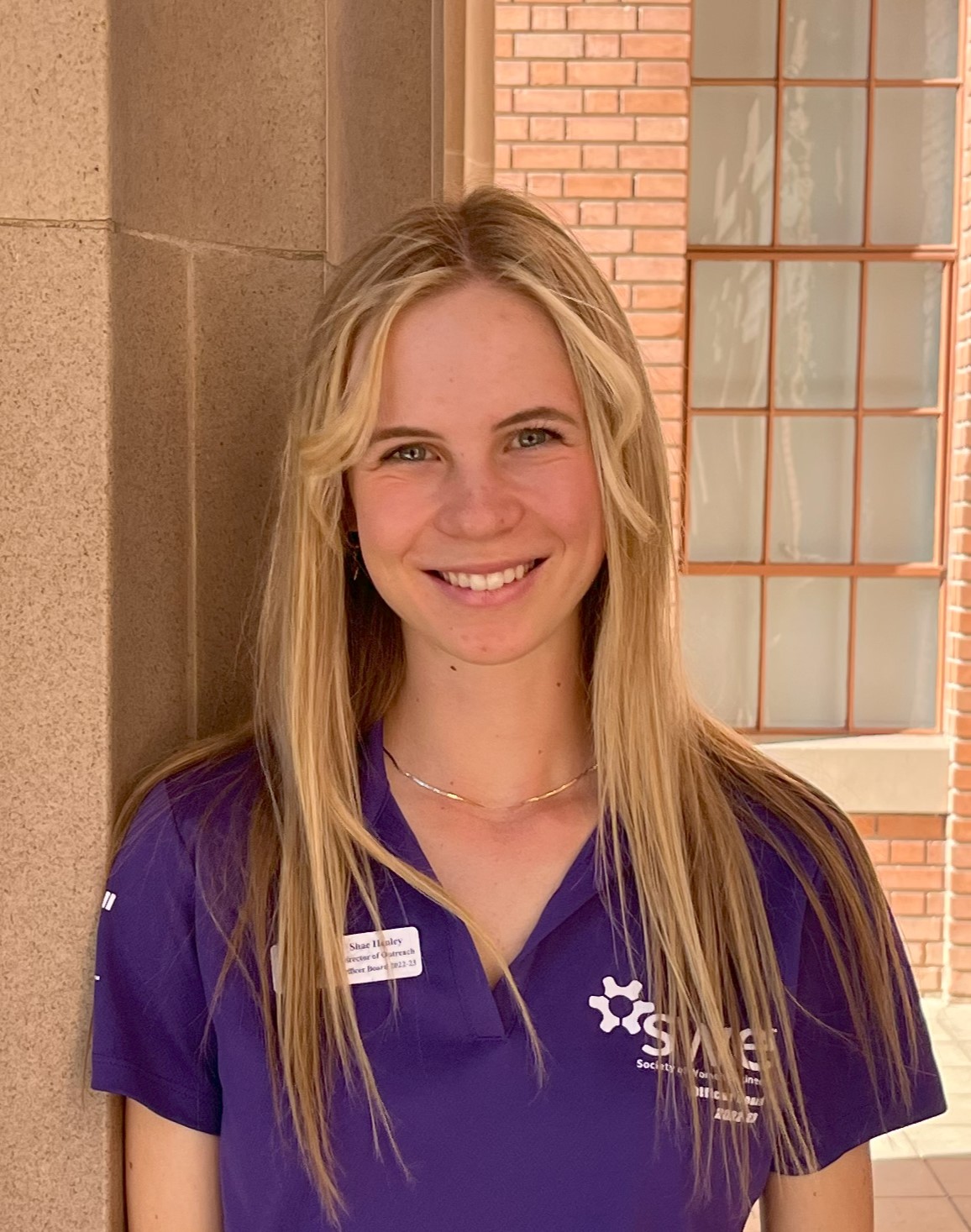 Shae is majoring in Aerospace Engineering with a minor in Astrobiology and expects to graduate in 2024. She is interested in the study of the origin of life and research into potential life beyond Earth. Shae knew the astrobiology minor courses would allow her to gain a strong background in astrobiology and has enjoyed being able to supplement her engineering classes with courses focusing more on the biological sciences, chemistry, and geosciences, among other areas of study.
Shae is majoring in Aerospace Engineering with a minor in Astrobiology and expects to graduate in 2024. She is interested in the study of the origin of life and research into potential life beyond Earth. Shae knew the astrobiology minor courses would allow her to gain a strong background in astrobiology and has enjoyed being able to supplement her engineering classes with courses focusing more on the biological sciences, chemistry, and geosciences, among other areas of study.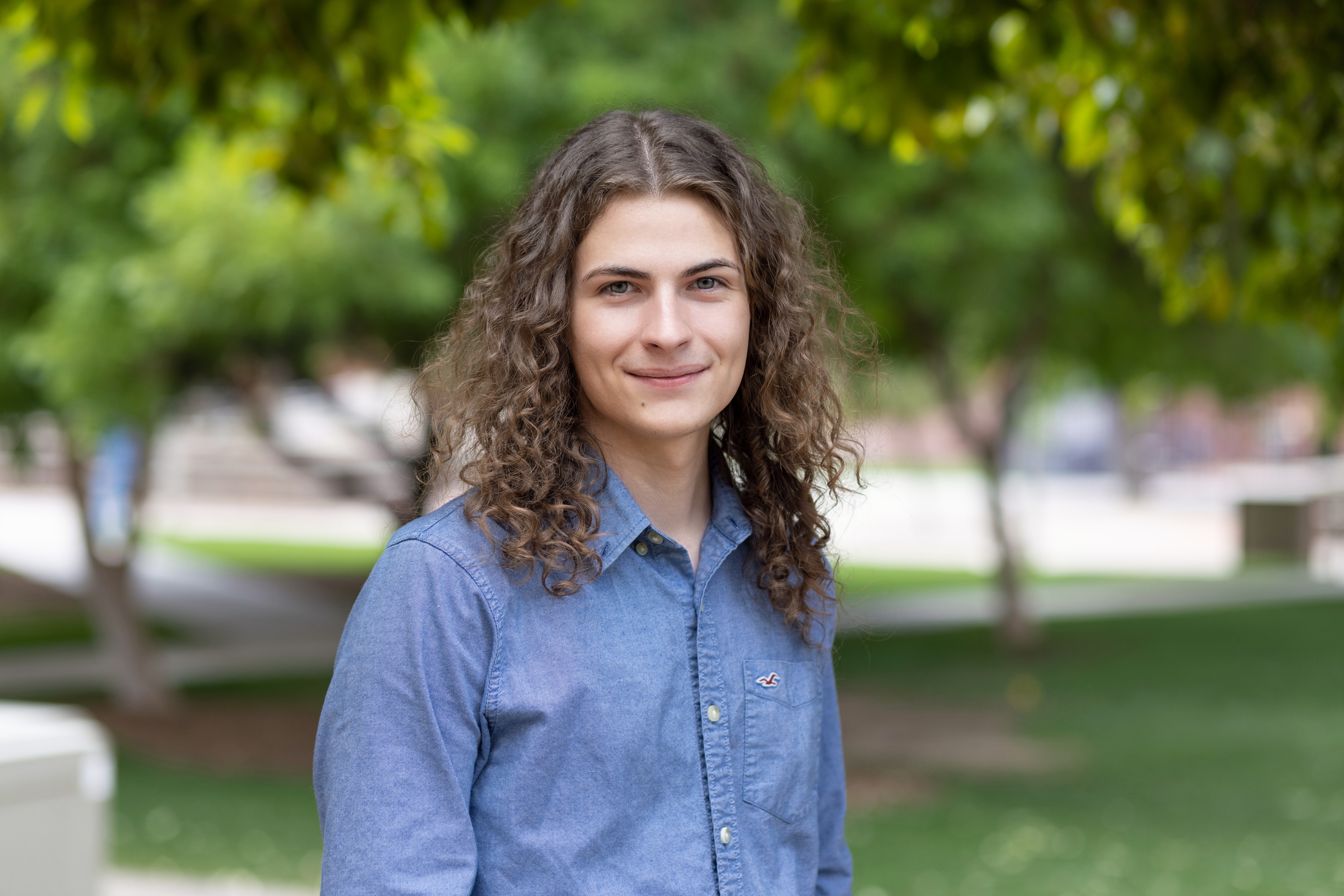 Travis Matlock is pursuing an Astronomy major with minors in Planetary Sciences and Physics. Travis chose to minor in PTYS because he has always been fascinated with the objects in our solar system. The PTYS undergraduate courses aligned with his interests and he believes the PTYS minor provides him with a well-rounded, interdisciplinary education. Travis really enjoyed the Asteroids, Comets, and Kuiper Belt Objects (PTYS 416) course with
Travis Matlock is pursuing an Astronomy major with minors in Planetary Sciences and Physics. Travis chose to minor in PTYS because he has always been fascinated with the objects in our solar system. The PTYS undergraduate courses aligned with his interests and he believes the PTYS minor provides him with a well-rounded, interdisciplinary education. Travis really enjoyed the Asteroids, Comets, and Kuiper Belt Objects (PTYS 416) course with  Former LPL student Zarah Brown defended her dissertation in November, but not before completing the
Former LPL student Zarah Brown defended her dissertation in November, but not before completing the